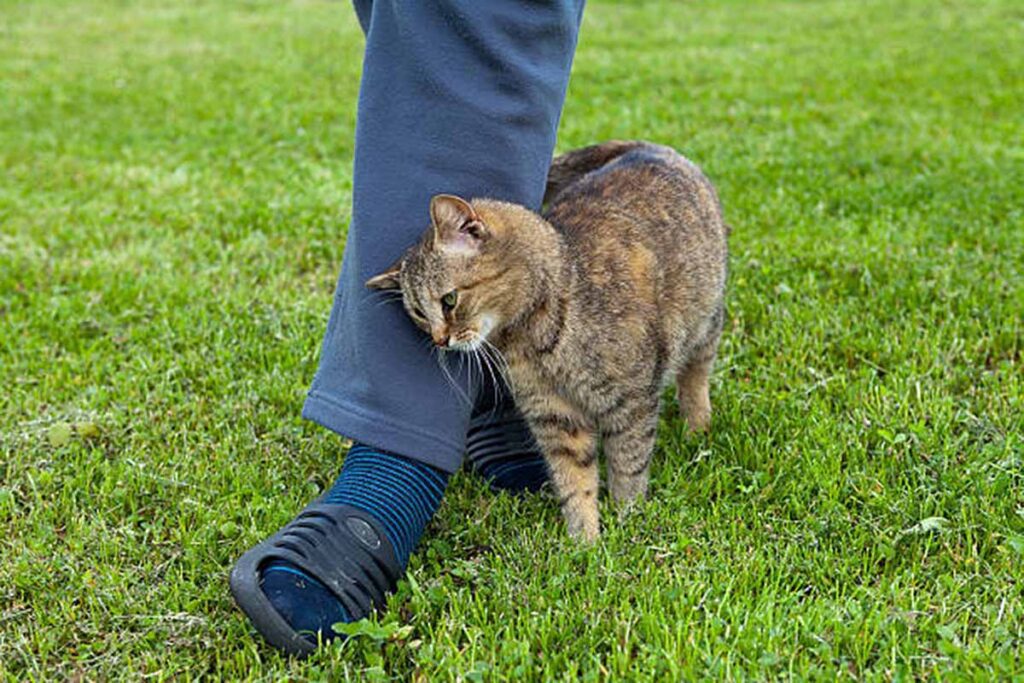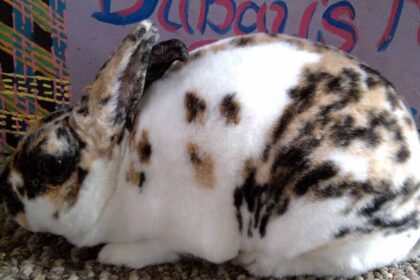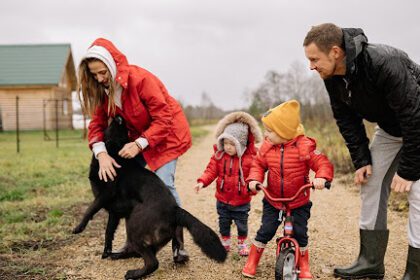Comprehending pussycat behavior is important for each researcher and puppy fanatics. Cats have different behaviors based on breed, environment, and how they are raised.
When a stray cat brushes against you, what does it mean?
A stray cat rubbing as much as you usually suggest fondness and consider. Cats rub against you and mark you with their scent using special glands on their head and tail base. This behavior shows they feel safe and cozy with you. It helps them see you as part of their territory. It’s a method for them to connect with. you and express their need for cooperation or attention.
A stray cat continues rubbing as much as me why?
There are. several motives a stray cat could retain to comb up towards you. First of all, .it can be to try and discover meals, love, or simply organization. Stray cats seek human contact to get attention or resources. Scratching your cat often can show it trusts and feels safe with you, building your bond. When a stray cat keeps rubbing against you, it is likely to see you as a kind and approachable person.
Cats have mysterious and friendly characters that people worldwide love. Leg rubbing is one pastime that many cat fans and owners find intriguing. In this blog, we will explore why cats rub against their legs. This behavior is important when turning stray cats into beloved companions.
The Importance of Rubbing Your Legs
Cats often rub their legs on things and sometimes bump heads. Scent plays a critical component in this. communique technique. Cats have glands on their faces and bodies. These glands emit pheromones when they rub against things or people. Cats use scents to communicate with people and other cats. These scents share details about who they are and where they belong.
Rubbing them. The legs of stray cats have numerous advantages. It helps cats mark their territory, especially in places with many cats. Stray cats establish boundaries and ownership by marking their scent on different surfaces. This helps reduce the chances of them getting into conflicts with other cats. Secondly, leg rubbing helps stray animals adapt to new environments. It provides self-soothing.
In contrast, pet cats rub against each other’s legs to bond socially and mark territory. When a cat rubs against its human, it’s showing more than just wanting physical touch. It’s also displaying love, trust, and a desire for companionship. In this case, leg rubbing helps strengthen the bond between cats and humans. This action creates a sense of closeness and familiarity.
Communal and Trust
Understanding leg rubbing reveals the intricate bond between humans and cats. It goes beyond surface behaviors to demonstrate a deep connection. A cat that rubs your leg is strengthening its bond with you. It seeks physical touch. Good interactions include playing, rewarding, and mild caressing. These are essential for bonding.
Establishing care is crucial for stray cats becoming pets. Strays may have trauma or abandonment history, making them fearful of people. They may also forget, leading to distrustful behavior towards humans. It takes. time, sensitivity, and knowledge to win their agreement. You can gain their trust and love by being gentle, staying close, and offering support over time.
Comprehending Cat Psychology
Studying feline psychology is necessary to fully understand leg rubbing. Cats have a. sophisticated social structure and are territorial animals. Leg rubbing is important for marking territories and maintaining social order. Cats that touch each other’s legs share scents, helping them get along in homes with many cats.
Cats also express feelings through leg rubbing. This helps them show their emotions, desires, and needs. Cats use rubbing legs to show feelings like happiness, control, or wanting attention. Paying attention to how cats act and sound can strengthen your bond with them. It helps you understand what they need and feel.
Interaction and Expression
Like people, cats use various ways to show their feelings, thoughts, and desires. Cats can communicate using various skills with both humans and other cats. They use subtle body language and clear sounds to interact. Leg rubbing is an exciting way for cats to show love, get attention, and build friendships.
Body Language: An Insight into the Mind of the Cat
Body language is one of the number one approaches cats speak. A cat’s actions like tail flicks, back arches, or head tilts show how it feels and what it wants. A cat that techniques you and rubs it. a frame to your legs isn’t always the simplest looking to set up bodily contact, however it’s also expressing a profound choice for friendship and connection. The body language, at the side of a sensitive head bump, offers a feel of. connection, love, and agreement.
Meows and purrs: The Language of Vocalizations
Cats can express themselves through sounds and body movements. Their sounds vary from soft meows to soothing purrs, with each having a clear meaning. A cat may softly chirp or purr as it rubs against your legs, showing affection and ownership. By sharing sounds with cats, people strengthen their bond and emotions. They act as a sort of bonding.
Cats mark things and people with their scents. This shows they are familiar with them. Leg rubbing is how they do this. A stray cat will rub against you, showing trust by marking you with its scent. You become part of a cat’s territory when you let it rub against you. This strengthens your bond and leads to more interactions.
Shifting From Vagrants to Friends
The transition from the streets to a caring domestic cat can be tough for stray. cats. Gaining the trust of stray cats needs patience, care, and understanding. Creating a safe environment is crucial, as is slowly introducing them to home life. You may help stray cats by providing food, shelter, and encouragement for contentment.
Creating a Welcome and Safe Environment
Providing a safe and cozy home for stray cats is the first step in building a strong bond with them. Providing a stable, safe place helps cats escape their past and street dangers. Providing food, water, and shelter is crucial for cats. It fulfills their basic needs and encourages bonding.
Acquainting them with household life progressively
The next step is to help a stray cat get used to living in the house slowly until they feel safe and cozy in their new home. This means helping them get used to being inside, playing at home, and being around people. First, place them in a small, quiet area so they can get used to their new surroundings regularly.
Gradually provide them with access to different areas of the house as they relax. This helps them become familiar with new sights, sounds, and smells. In this way, be understanding and patient with the stray cats. They might feel nervous in new surroundings and need time to feel cozy and secure.
Examples and Case Studies
Stray cats finding homes are powerful examples of transformation from abandoned to beloved. Compassion, tolerance, and understanding have nice effects on stray cats and their caretakers.
A sweet story is told about a stray cat named Luna. She wandered the streets, wary of everyone and nervous around people. At first, Luna was unsure. A kind person helped her feel safe by giving food, shelter, and kind words. Luna started feeling different as time passed. She learned that people could keep her safe and provide comfort. Luna became friendly and loving through regular interactions and understanding. She happily looked for affection and care from her new human family.
In yet. another heartwarming tale, a band of dedicated volunteers gave their all to save and heal a bunch of stray kittens that had been saved in appalling situations. These cats have been scared and distrustful of human beings because they have. experienced cruelty, neglect, and distress. Thanks to the rescue team’s dedication, the cats thrive in a caring environment. They recover both mentally and physically. The cats that were once traumatized began to heal over time. They formed strong bonds of trust and attachment with their caregivers. The cats in the. end found loving homes for peace and security. They learned to trust humans with kindness and reinforcement.
Cat experts explain how cats rubbing their legs on things helps them bond and build trust. These professionals provide guidance to puppy owners. They help improve relationships with cats. They study the behavior of stray and partner cats. They help pet. proprietors apprehend and engage with their bushy pets via losing mild at the. complicated reasons and feelings underlying cats conduct thru their research and. observations.
Approaching stray cat rescue and rehabilitation with kindness, patience, and skill is crucial. Humans can better cats’ lives by understanding and supporting their individual needs. Give care. We can help stray cats and ourselves by caring for them and showing compassion. This helps them go from scared and lonely to being valued companions.
In summary
In summary, when cats rub against you, it’s more than just a physical touch. It gives insight into their thoughts and feelings. Understanding why cats rub against us helps us learn about our pet cats’ emotions.
By understanding cats’ reasons for leg rubbing, we strengthen bonds and show care. Stray cats seek safety and comfort, while companion cats show trust and affection.
As we start our journey from stray to friend, let’s be kind, patient, and open-hearted with our cat friends. Each cat is different and has unique needs and feelings. It’s our job as caregivers to help our cats settle into our homes with care and understanding.
By being kind and caring to stray cats, we can help them move from a life of sadness to one filled with love and safety. By enhancing their lifestyles, we also experience joy and success from deep friendship.
Given the valuable rewards of friendship and love, let’s embark on the journey ahead. Together, we will help stray cats and ensure they find a safe place where they feel loved, cozy, and at home.
Improve Show Hardin the end, leg rubbing connects people and cats, showing the beauty of our relationship.













